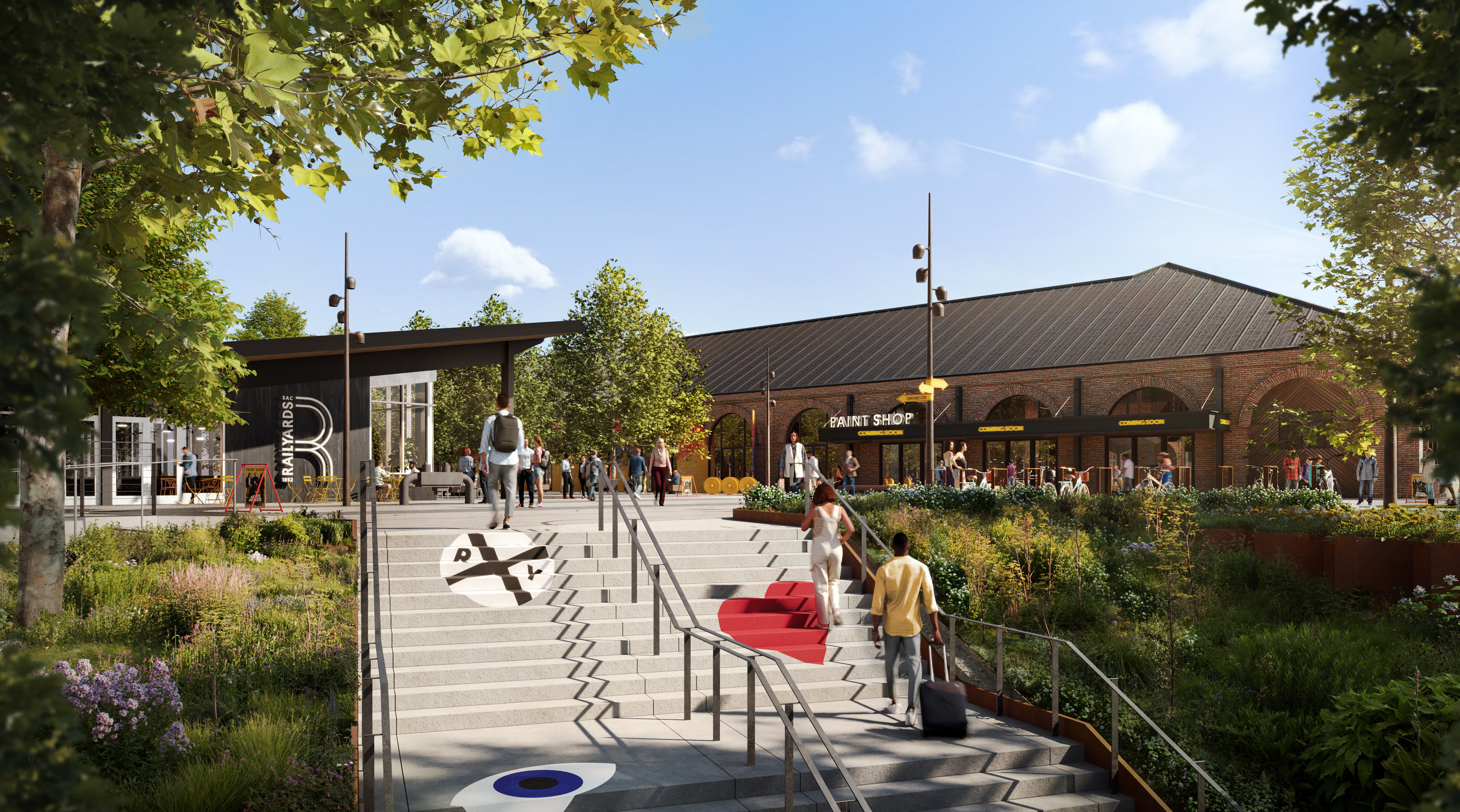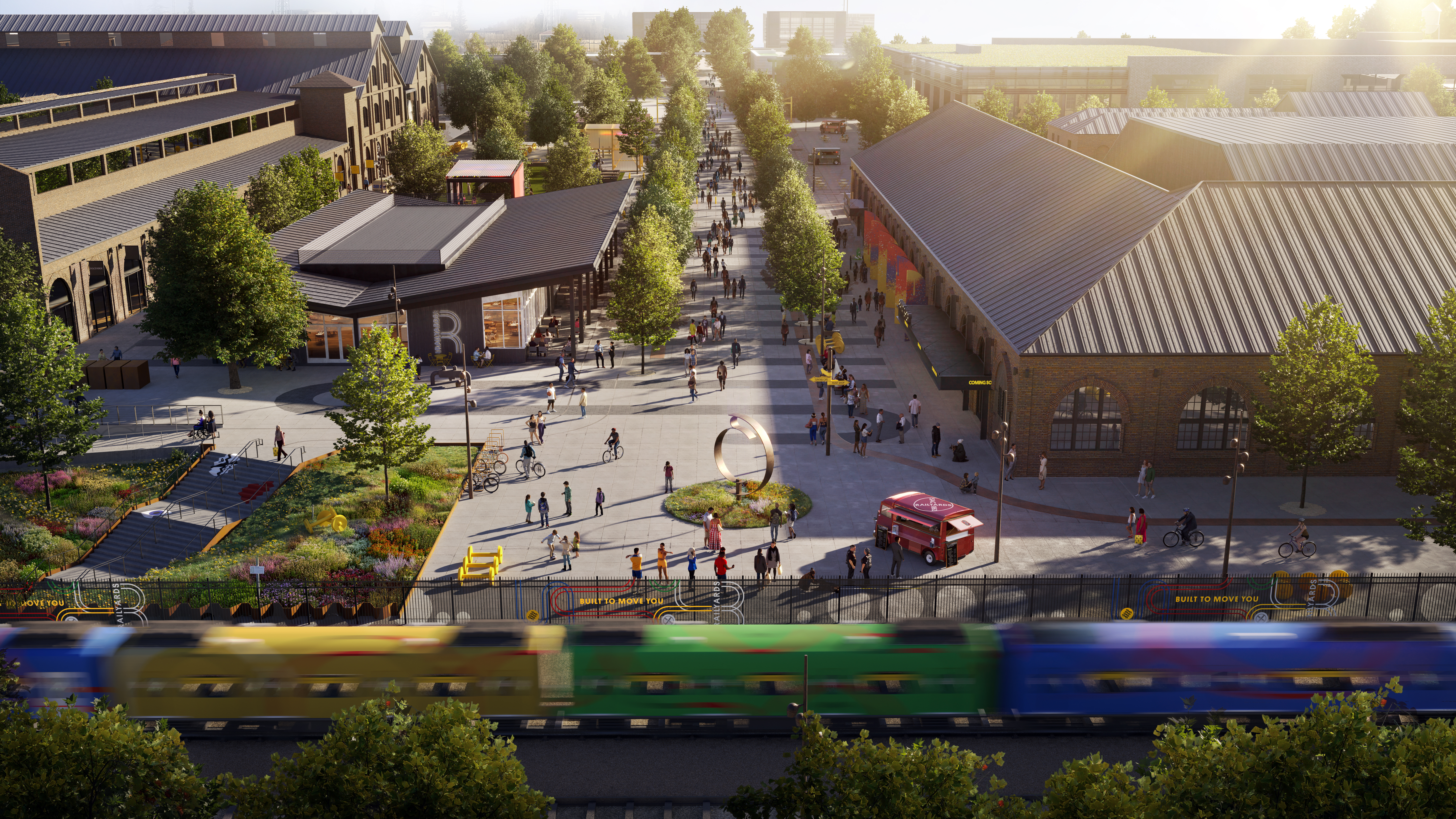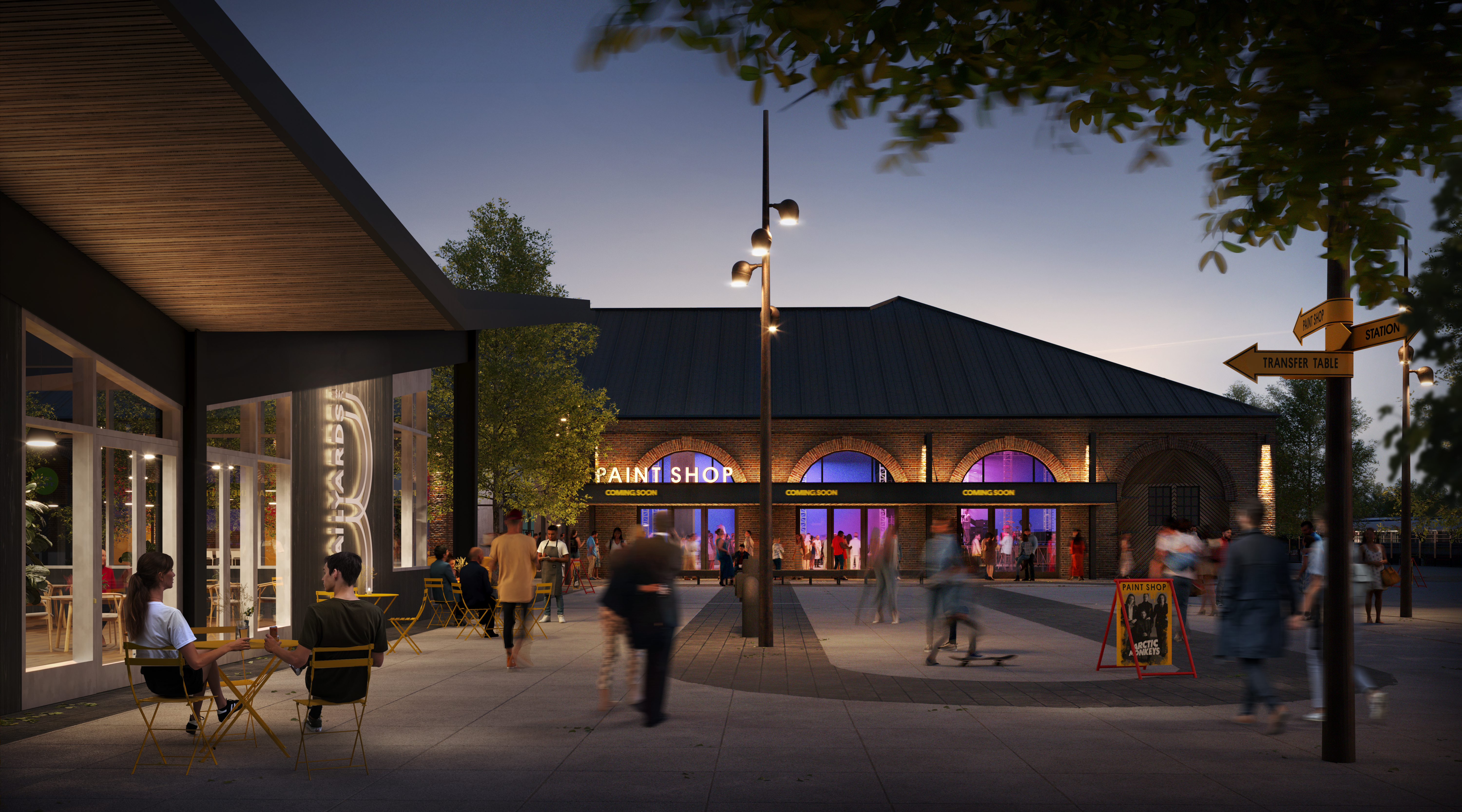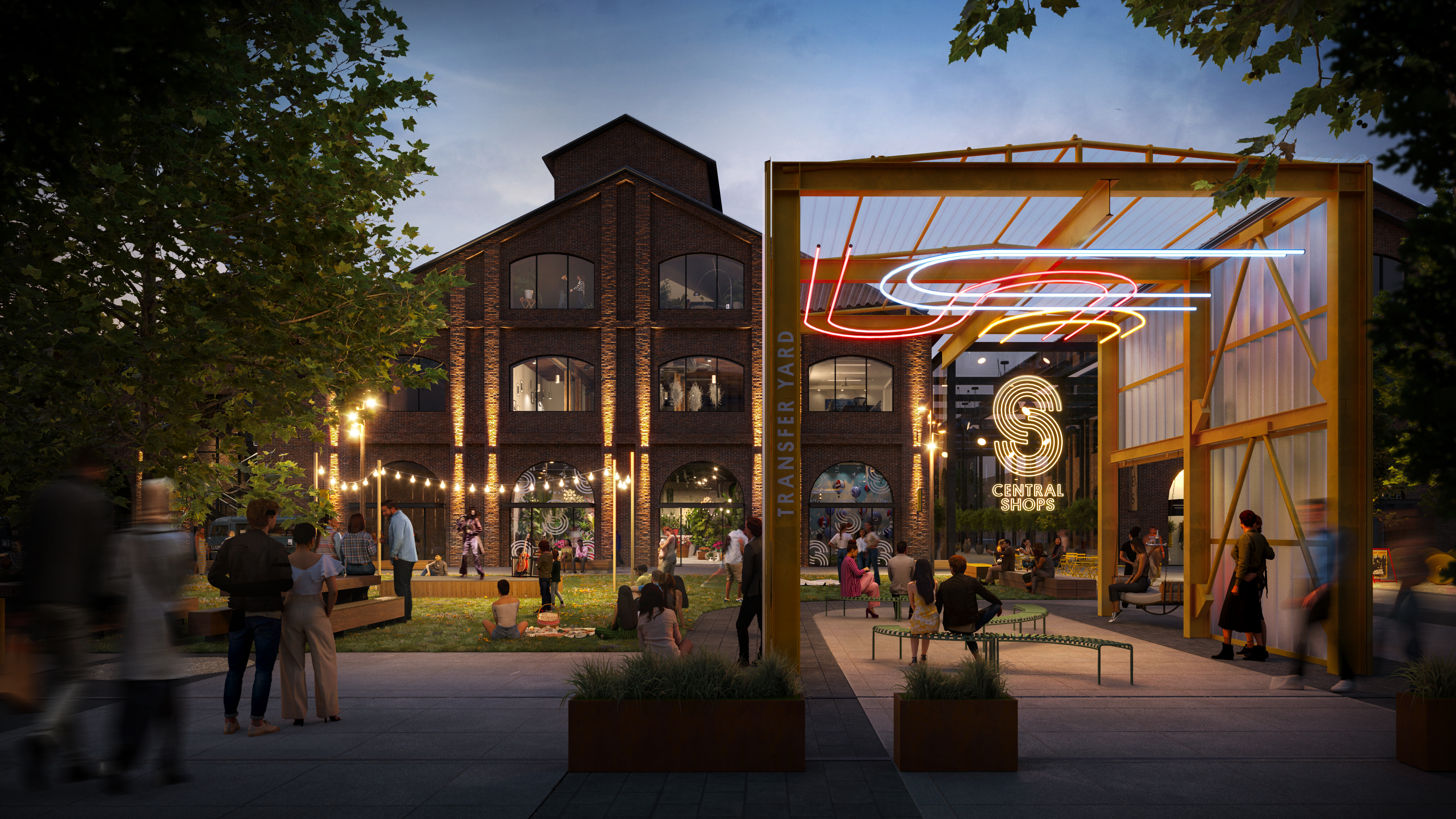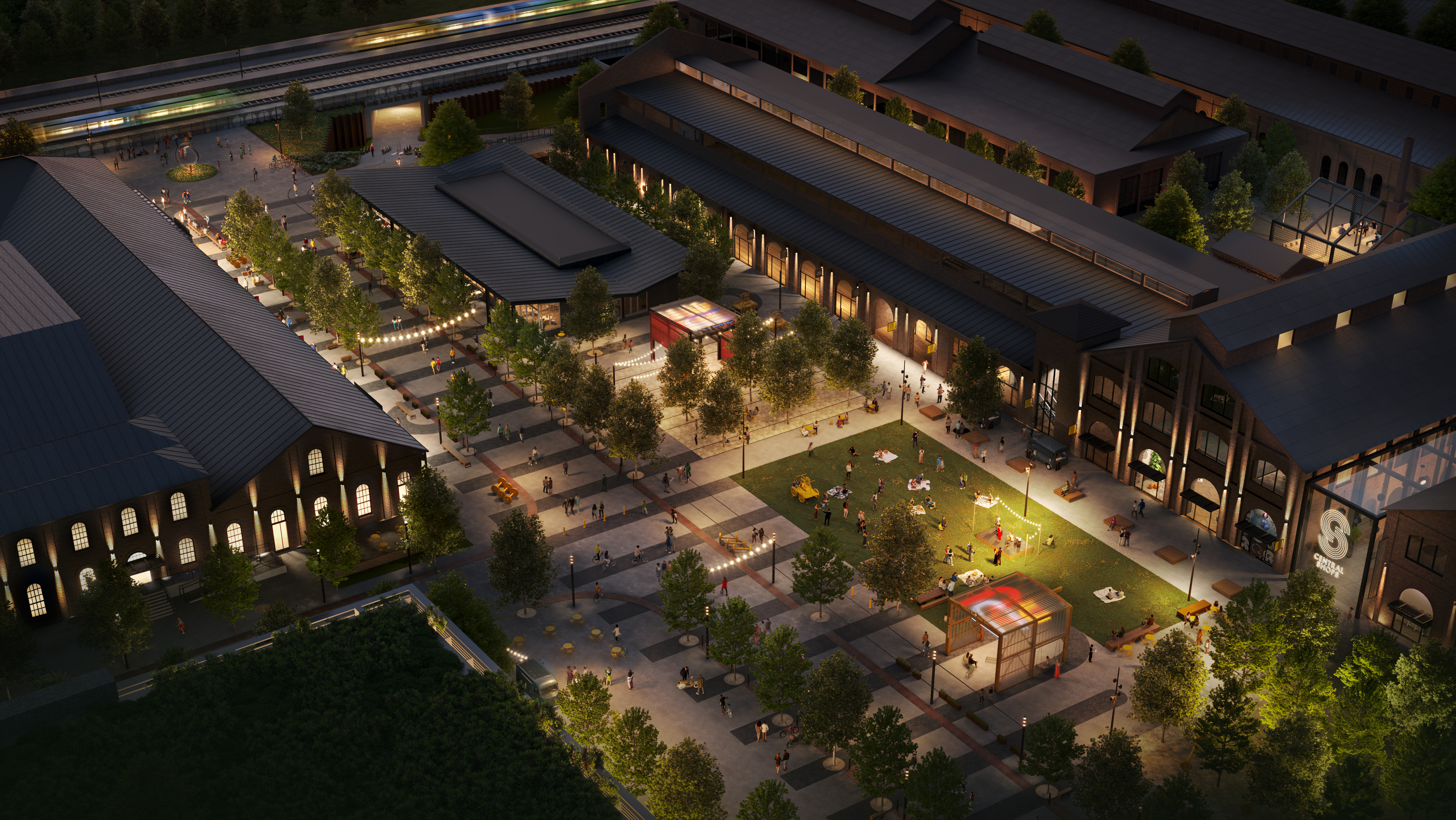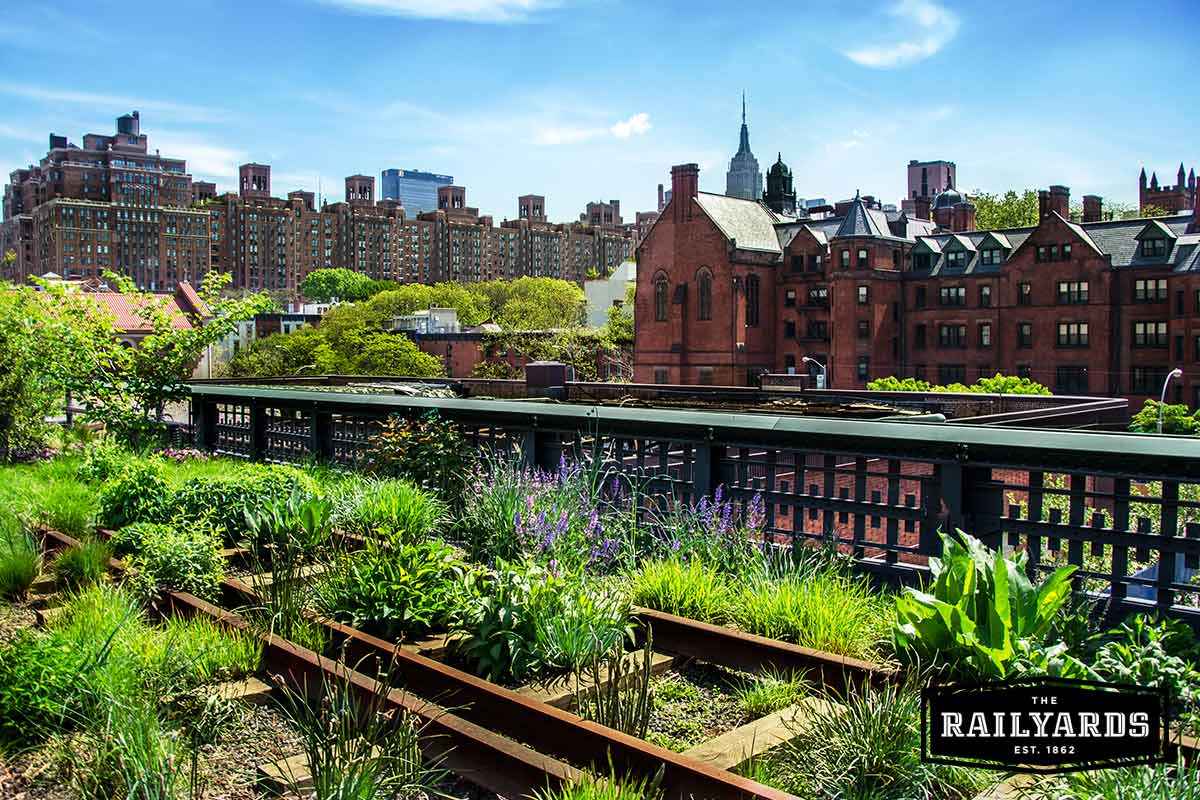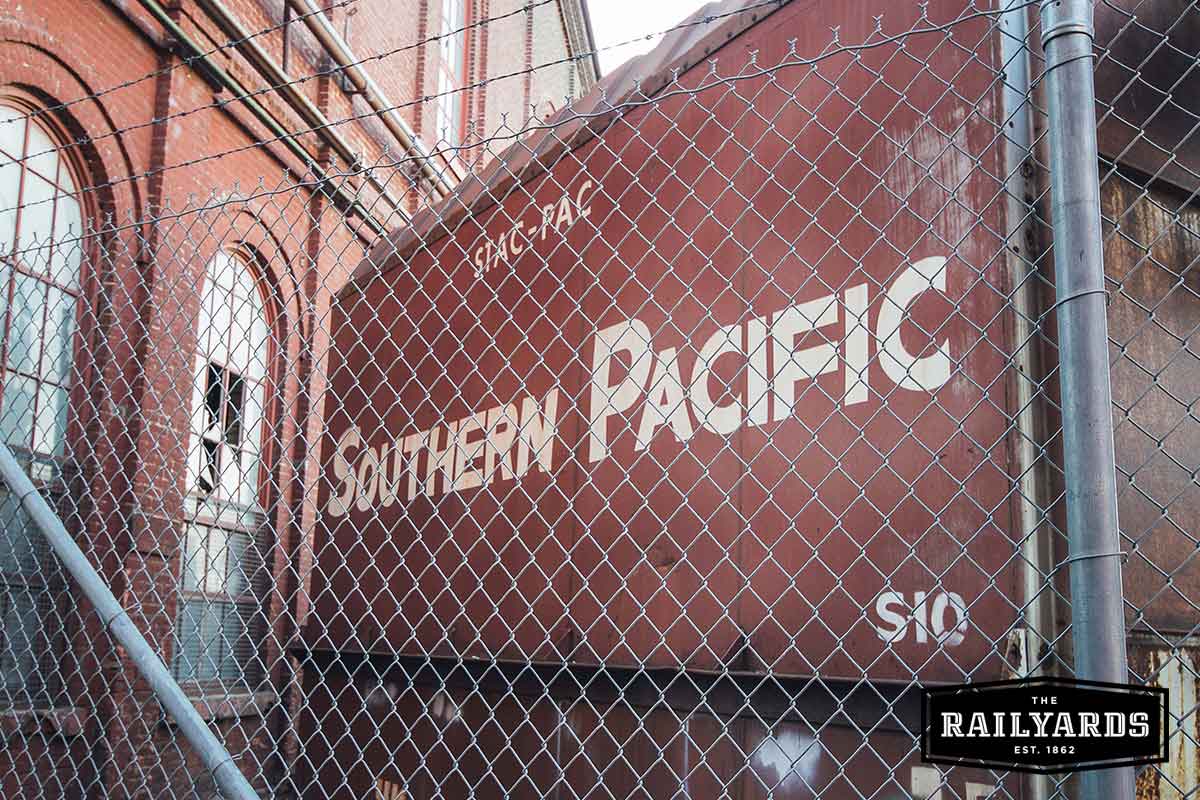
June 2, 2023 / Author: the Railyards
Infill projects help to build and foster new community spaces. Here are 5 examples of how they are being used nationally.
Infill projects use previously decommissioned or otherwise unused urban areas and transform them into newly developed community spaces. They are great for a number of reasons, including fostering new community connections but also help to create communal “third spaces” for folks just getting off work to relax or wanting to grab a bite to eat. But infill benefits don’t end there; infill can bring more housing inventory to previously unused or underused metro areas.
Railyards are a popular destination for infill projects because they are considered Transit-Oriented Developments (TOD) and help to entice local residents, employees, and other potential transit riders. In addition to having a more accessible and convenient way to ride, these developments are typically located near already existing high-density residential areas providing even easier access to those near it.
Here’s a list of 5 railyards that have transformed or are on their way to becoming a revolutionized community space.
1. The Railyards: Sacramento, CA
With a vast 244-acre site, the Railyards in Sacramento, CA, is the largest infill development project currently underway in the nation. Previously it was known to be the Transcontinental Railroad and still currently housing the Sacramento Valley Station, the Railyards are moving towards becoming a dynamic mixed-use TOD.
The AJ is the first mixed-use residential development at the Railyards with six stories and 303 residential units consisting of 61 affordable units on top of a 3800 sq. ft. first-floor retail space. Additional projects in development at the Sacramento Railyards include office and retail buildings, an affordable senior housing development, and a Kaiser Permanente medical complex. One of the most exciting projects in the Railyards is the historic preservation and adaptive reuse of the Historic Shops. The Sacramento shop yards, consisting of 8 historic shops, will be preserved and repurposed by the same team responsible for San Francisco’s Ferry Building. Explore the Railyards projects.
2. Truckee Railyard Project: Truckee, CA
With plans dating back all the way to 1995, the Truckee Railyard redevelopment was finally approved in 2016. Utilizing the historic Downtown Core, the Railyard Master Plan worked to transform the space into a pedestrian-oriented activity center.
In addition to extending throughout most of downtown Truckee, the project saw the entire restoration of Trout Creek with all environmental protective measures considered during the construction. In addition to the creek, the first two years of the project were set to focus on the western portion of the site, closest to downtown, adding a theater/restaurant and restaurant/brewery (maybe distillery) to town, and later constructing artist housing, a grocery store, and more.
3. Denver Riverfront Project: Denver, CO
This mixed residential development took hold of over 23 acres building 14 buildings, 3 parks, and a museum adjacent to downtown Denver. With plans dating back to the 1980s and after starting construction in 2002, the Denver Riverfront Project saw its final building open in 2014.
Post its construction, the new pedestrian corridor with bridges over rivers, railroads, and highways became a ‘magnet' for local pedestrians connecting the downtown with Riverfront Park and neighborhoods to the northwest. Furthermore, since early 2014 more than $413 million in home sales have been completed in the area.
4. Albuquerque Railyards Project: Albuquerque, NM
With a plan 16 years in the making, the Albuquerque Railyards Redevelopment project saw a huge refurbishment of old buildings and the building of a new hotel, shops, restaurants, galleries, and performing spaces. Planners aimed to make the area as accessible as possible by removing fencing at the yards adjacent to neighborhoods as well as including a bridge over the tracks with landscaping and boarding.
All detailed in a 167-page plan, city and community leaders additionally made a point to preserve the historic turntable and smokestack at the Rail Yards in addition to a new stop and underground parking garages.
5. Lakeshore East: Chicago, IL
Built upon a former railyard, Lakeshore East brings an accessible and communal space right in the heart of downtown Chicago. At the center of the project was Lakeshore East Park, a 6-acre green space, integrated into the area’s existing multi-level street system. Planners had to make further use of a 50ft. difference between North Harbor Drive and Lower Lake Shore Drive by creating Cascade Park, a 0.8-acre terraced park.
With its switch-back paths and mix of different green spaces and walkways, Lakeshore East provides a great place to relax and easily access the grand waterfront of Lake Michigan. In addition to the three condominiums built in the area, they also have future plans for more retail space and a public art installation.
These 5 projects go to show how much infill redevelopments can transform communities and provide new opportunities for local businesses. In addition, it helps the environment surrounding us as well by reducing greenhouse gas used during travel by facilitating the use of bikes and other emission-free transportation. The stories don’t end here! Learn more about other urban infill initiatives here.


